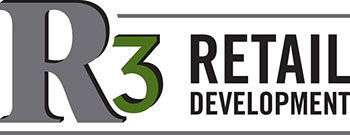Best practices indicate that some of the smallest energy savings strategies and efforts can make a big impact. Here are some of the most common areas where you can start recognizing increased energy savings and efficiency:
Switch to LED bulbs – Switching from fluorescent lamps to LED lamps can increase your energy savings significantly. Fluorescent fixtures use about 59 watts each, an LED bulb about 12 watts, that is 30 watts energy savings per fixture. (Insights.regencylightin.com)
Turn off unused equipment – Just turning off a computer monitor for overnight and weekends will impact your annual energy savings.
HVAC temperature setbacks – Establish the optimal temperature range for the comfort of your staff and employees then during un-occupied hours, turn the temperature settings up or down depending on the season.
Common Area lighting – Define areas that do not need full lighting during normal operations, like the breakroom, hallways, or other storage type areas. Equip these areas with occupancy sensors or reduce the lighting level to a lesser percentage to save energy when not in use.
- Cleaning and Maintenance – Maintaining your HVAC system will help reduce heating and cooling bills. (Grid)
- Check the economizer – Have a licensed technician check, clean and lubricate your economizer about once per year.
- Check temperature accuracy – With a thermometer check the temperature of the the return air going to your air conditioner and the temperature of the air coming out of the register nearest the unit. If the difference is less than 14 degrees or greater than 22 degrees, have the unit inspected / serviced.
- Change filters – Change filters on a monthly or more frequent basis. Filters may need to be checked / changed more often depending on the surrounding area. If you are located near a highway, an industrial area or construction area, where the air quality is dirtier than usual, increasing the frequency that you change the filters will increase the efficiency of your system.
- Clean the condenser coils – Condenser coils should be checked on a quarterly basis and cleaned at the beginning and ending of cooling seasons.
- Check the airflow – Check that each register has adequate airflow, if the airflow is diminished that is a likely indicator of needing to have the unit inspected and possibly the ducts cleaned.
These simple efforts can and will make a difference, but if you are ready to take it up another notch, contact R3 Retail Development today – let us help you to establish, implement and achieve your energy saving goals.
By Suzanne Ferguson
